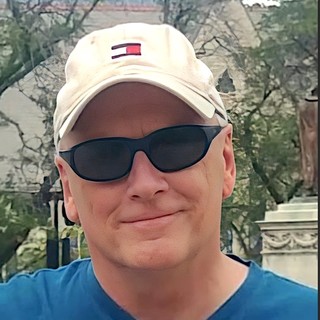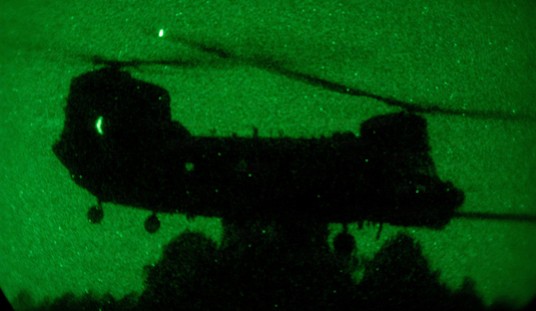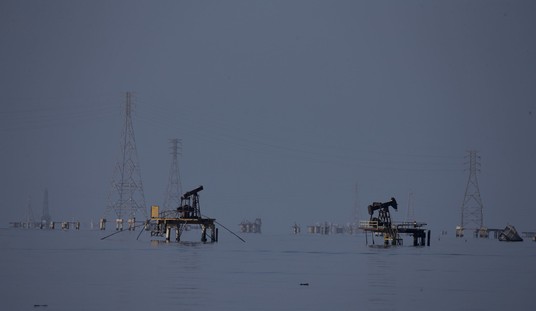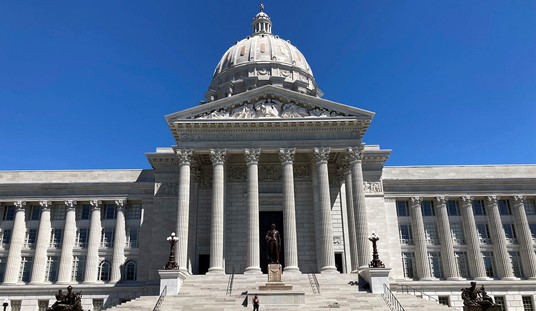As we honor America's fallen on this Memorial Day, up to 72,000 World War II troops remain unaccounted for, along with roughly 10,000 more from all military conflicts since.
In an incredible example of "gone, but not forgotten," two military forensic labs are working to discover and identify remains. Here's more, via Stars and Stripes:
[A] federal lab tucked away above the bowling alley at Offutt Air Force Base near Omaha and a sister lab in Hawaii are steadily answering those lingering questions, aiming to offer 200 families per year the chance to honor their relatives with a proper burial.
Carrie Brown, a Defense POW/MIA Accounting Agency lab manager at Offutt, told Stars and Stripes the labs are racing against time.
They may not even have been alive when that service member was alive, but that story gets carried down through the generations. They may have seen on the mantle a picture of that person when they were little and not really understood or known who they were.
This work is important first and foremost because these are individuals that gave their lives to protect our freedom, and they paid the ultimate sacrifice. So we’re here holding that promise that we’ll return them home to their families. It’s important for their families to show them that we’ll never stop, no matter what.
Forensic anthropologists, medical examiners, and historians work together to identify lost troops, whose remains buried on battlefields around the world continue to deteriorate.
Military labs do the detective work to identify soldiers decades after they died in World War II https://t.co/0wmCLSpcu6 pic.twitter.com/KkC5HeqQvm
— New York Post (@nypost) May 27, 2024
Advances in DNA technology and new techniques that compare bones to chest X-rays taken by the military are helping forensic anthropologists identify more missing troops every year. Experts believe that about half of the combined 82,000 missing are recoverable.
Here's more:
The agency identified 59 servicemembers in 2013, when the Offutt lab first opened. That number has steadily risen — 159 service members last year, up from 134 in 2022 — and the labs have a goal of 200 identifications annually.
The labs’ work allowed Donna Kennedy to bury her cousin, Cpl. Charles Ray Patten, with full military honors this month in the same Lawson, Missouri, cemetery where his father and grandfather are buried. Patten died 74 years ago during the Korean War, but spent decades buried as an unknown in the National Memorial Cemetery of the Pacific in Hawaii.
Kennedy told Stars and Stripes:
I just— I ached. I mean, it hurt. You know, I just felt so bad. Even though I didn’t know him, I loved him.
One of Brown's first cases involved the remains of a World War I Marine found in a forest in France with his wallet still in his pocket:
The wallet, initialed G.H., contained a New York Times article describing plans for the offensive in which he ultimately died. He also had an infantryman badge with his name and the year he received it on the back.
Before leaving France with the remains, the Brown's team visited a local cemetery where other soldiers were buried and discovered there were only two missing soldiers with the initials G.H., giving Brown had a fair idea about the identity of the remains they even arrived in the lab. The veteran was buried in Arlington National Cemetery and Brown often visits his grave when she's in Washington, D.C.
Most cases aren't that easy, Brown said:
It’s not always easy. It’s certainly not instantaneous. Some of the cases, we really have to fight to get to that spot, because some of them have been gone for 80 years.
Lab experts must piece together identities by looking at historical records about where the remains were found, and which soldiers were in the area. They then look at lists of possible names, and use bones, objects found with the remains, DNA samples, and military medical records to confirm identities. Often, unidentified soldiers were buried together.
As RedState reported earlier on Monday, the U.S. Government recently asked British archaeologists for help in locating the remains of a U.S. pilot whose plane crashed in the dense woodlands of England in 1944:
The crash site is near East Anglia, a rural area that served as a headquarters for the Allies in the 1940s. The unnamed pilot’s plane went down after the controls on the B-17 he was flying failed, and it crashed carrying 12,000 pounds of explosives. Cotswold Archaeology will spend six weeks excavating the site.
Read More: US Asks British Archaeologists to Help Recover Missing WWII Pilot
Final Thoughts
My then-23-year-old father-to-be drove a tank onto the black sandy beach of Iwo Jima on day one (February 19, 1945) of what would become the fiercest and bloodiest battle of the Pacific Theater. It took me years to coax him to tell me about the hell on the earth he and his fellow Marines experienced.
While my dad and other troops safely returned from the South Pacific and Europe, it remains a testament to America's unique respect for our military that extraordinary efforts are underway to bring home our fallen who did not.
Related:
Unreal: Biden Uses His Memorial Day Remarks at Arlington to Speak About His Son Beau
If Americans Had to Fight for Their Country Today, Would They Do It?













Join the conversation as a VIP Member